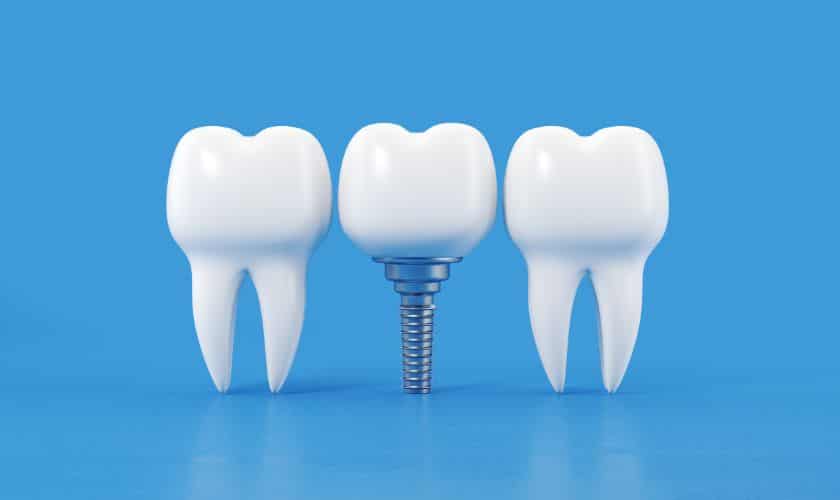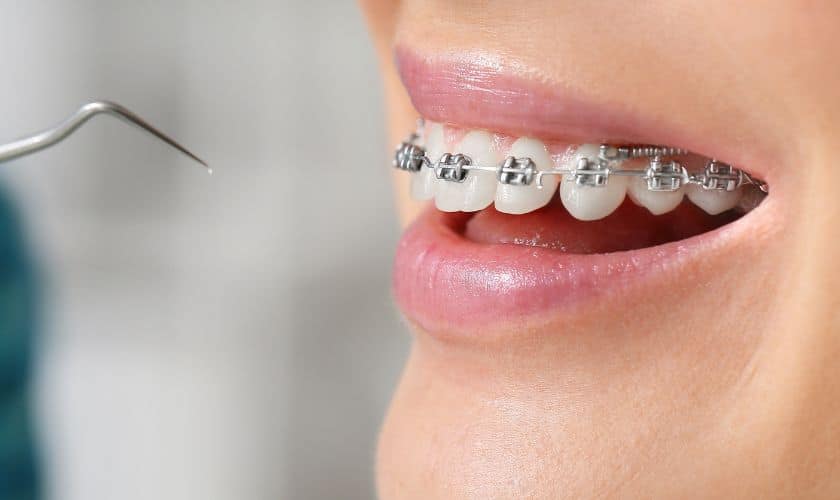Get Directions
The Ultimate Guide to Dental Veneers: Everything You Need to Know
May 11, 2023

Are you tired of hiding your smile because of chipped, discolored, or misaligned teeth? Then, dental veneers might be the solution for you! With their ability to transform your smile in a matter of days, veneers have become increasingly popular in cosmetic dentistry. But before you jump on board, it’s essential to understand everything there is to know about them. From how they work and their cost to maintenance and aftercare, this ultimate guide has got you covered. So sit back and get ready to learn everything you need to know about dental veneers!
What are Dental Veneers?
Dental veneers are a popular solution for people who want to improve their smile. They’re usually made of porcelain and can be custom-made to fit any patient’s teeth. Dental veneers are very durable and typically last between 10 and 15 years. They can also be replaced if they start to wear down or you have to do any work on them (such as a tooth extraction). Dental veneers are a great way to improve your dental appearance without having to go through the hassle of getting braces or other dental procedures.
Types of Dental Veneers
Dental veneers, or dental crowns, are thin pieces of metal bonded to the front teeth using a solution and heat. They can be used to improve the appearance of your smile and can last up to 10 years. There are three types of dental veneers: cemented, uncemented, and porcelain-fused.
Cemented dental veneers are the most common type and use a strong adhesive to bond the metal to your teeth. This type of veneer is usually more affordable than others and is easy to repair if it fails. However, cemented dental veneers can be more challenging to remove if they fall out or get damaged. Uncemented dental veneers don’t use an adhesive and instead rely on natural tooth structures to hold them in place. As a result, uncemented dental veneers are less likely to fail but may require more frequent repairs due to chewing and brushing damage. Porcelain-fused dental veneers are the newest type and use a unique bonding process that combines adhesive and cement. This type of veneer is more expensive than other types but is less likely to fail or require repairs.
What to Expect Before and After Dental Veneers
If you are considering dental veneers, it is essential to understand the process and what to expect before and after treatment. Here is a look at what will happen:
Pre-treatment Preparation:
You must schedule an appointment with your dentist for a consultation about dental veneers. During this appointment, your dentist will discuss the pros and cons of veneers with you and help you decide if this treatment is proper for you. They will also take x-rays to determine if teeth are in good condition and if veneers are the best option for your needs. You may also need some fillings or repairs before your dental veneer appointment.
During Treatment:
After your consultation, your dentist will begin treatment by placing temporary dentures on your teeth. Your dentist will then remove all of the healthy teeth on one side of your mouth, leaving just enough tooth structure remaining so that they can attach a dental veneer over the top. The tooth structure left behind will support the new dental veneer as it is attached. It takes around two hours for the procedure to complete, but afterward, you should feel no pain and be able to resume normal activities immediately. If there are any problems during treatment (such as damage to surrounding teeth), your dentist may need additional surgery to fix them.
How to Get a Dental Veneer
If you’re considering getting a dental veneer, there are a few things you need to know before making a decision.
Here are some tips for getting the most out of your veneer treatment:
1. Know What You’re Looking For
Before starting the process, know what type of dental veneer you want. There are two main types: full-coverage and semi-coverage. Full-coverage veneers cover the entire tooth surface, while semi-coverage veneers only cover part of the tooth.
2. Talk to Your Dental Professional
Your dentist will be able to provide you with a more detailed description of each type of veneer and explain how they work. Also, be sure to ask about pricing and availability – some dental professionals may charge more for specific veneers than others.
3. Get a Quote from Several Dentists
Once you know what type of veneer you want, it’s time to get quotes from several dentists. This way, you can find the best price and quality for your needs. Remember to ask about discounts and financing options – some dentists may be willing to offer lower prices if you agree to pay them over time rather than all at once.
Conclusion
Dental veneers are among the most popular dental procedures in the United States. They can offer several benefits, including a more natural appearance and improved confidence. In this ultimate guide, we will cover all you need to know about dental veneers, from the basics of what they are and how they work to choosing the correct procedure. This information will help you decide whether veneers are right for you and give you the confidence to go ahead with the surgery!
Recent Post

Common Misconceptions About Dental Implants Debunked

Adult Orthodontics: Achieving Straighter Teeth at Any Age in Corpus Christi

Oral Cancer: Understanding the Risks and How to Protect Yourself

Understanding Dental Anxiety: How Tide Dental Provides Comfortable Care


